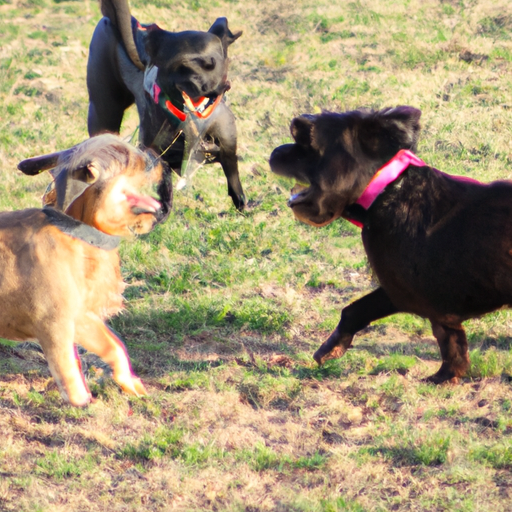You, the Caregiver of Canines
As a caregiver, your role extends beyond just providing food, shelter, and love for your dogs. You are their guardian, their first line of defense against health issues and discomfort. One of your paramount responsibilities is understanding your dog’s physical appearance, as changes can be early indicators of potential health problems.
The Basic Anatomy of a Dog
To ensure the best care for your dogs, it’s necessary to have a clear understanding of their basic anatomy. While dogs vary greatly in appearance based on breed, there are common features they all share:
- Head: The head includes the eyes, ears, nose, and mouth. Be aware of any changes in these areas such as redness, discharge, or swelling.
- Body: The body, comprising the chest and abdomen, should be of a healthy weight. Ribs should not be overly visible, but easily felt.
- Limbs: The limbs should be strong and capable of supporting the dog’s weight without discomfort.
- Tail: The tail is an important communication tool for dogs. Its position can indicate a dog’s mood or health status.
Beyond the Basics: Dog Breed Variations
Different dog breeds have unique characteristics and traits. Here is a simplified overview of some common breed types and their distinguishing features:
| Breed Type | Features |
|---|---|
| Sporting | Athletic, active dogs with water-resistant coats |
| Hound | Keen senses of smell or sight, often have a bay or howl |
| Working | Large, strong dogs bred for tasks like guarding or rescue |
| Terrier | Feisty, energetic dogs with thick, wiry coats |
| Toy | Small, companion breeds |
| Non-Sporting | Diverse group with a wide range of appearances and traits |
| Herding | Intelligent, trainable dogs bred to control livestock |
Recognizing Changes in Your Dog’s Appearance
As a caregiver, it’s crucial to notice changes in your dog’s appearance. Any sudden or drastic changes can signal a potential health issue:
- Weight: Unexplained weight loss or gain can indicate a problem.
- Coat: A dull, dry, or patchy coat can be a sign of nutritional deficiencies or skin conditions.
- Eyes, Ears, and Nose: Discharge, redness, or swelling may suggest an infection.
- Movement: Changes in your dog’s gait or an unwillingness to move can be a sign of joint issues or pain.
FAQs
Q: How often should I check my dog’s physical appearance?
A: While daily observations are beneficial, a thorough check should be done at least once a month.
Q: What changes in my dog’s appearance should immediately concern me?
A: Sudden weight loss, drastic coat changes, visible discomfort, or changes in behavior should prompt a vet visit.
Q: Can aging change my dog’s appearance?
A: Yes, aging can lead to greying fur, weight changes, and less elasticity in the skin.
Remember, as a caregiver, you know your dog better than anyone else. Your vigilant observation can make a significant difference in your dog’s well-being and happiness.



